I have adapted from another code a solution that works for this. Here is the code:
def unet_weight_map(y, wc=None, w0 = 10, sigma = 20):
"""
Generate weight maps as specified in the U-Net paper
for boolean mask.
"U-Net: Convolutional Networks for Biomedical Image Segmentation"
https://arxiv.org/pdf/1505.04597.pdf
Parameters
----------
mask: Numpy array
2D array of shape (image_height, image_width) representing binary mask
of objects.
wc: dict
Dictionary of weight classes.
w0: int
Border weight parameter.
sigma: int
Border width parameter.
Returns
-------
Numpy array
Training weights. A 2D array of shape (image_height, image_width).
"""
y = y.reshape(y.shape[0], y.shape[1])
labels = label(y)
no_labels = labels == 0
label_ids = sorted(np.unique(labels))
if len(label_ids) > 0:
distances = np.zeros((y.shape[0], y.shape[1], len(label_ids)))
for i, label_id in enumerate(label_ids):
distances[:,:,i] = distance_transform_edt(labels != label_id)
distances = np.sort(distances, axis=2)
d1 = distances[:,:,0]
d2 = distances[:,:,1]
w = w0 * np.exp(-1/2*((d1 + d2) / sigma)**2) * no_labels
else:
w = np.zeros_like(y)
if wc:
class_weights = np.zeros_like(y)
for k, v in wc.items():
class_weights[y == k] = v
w = w + class_weights
return w
wc = {
0: 0, # background
1: 1 # objects
}
w = unet_weight_map(img, wc)
Input:

Output:

If someone has a better solution, please!


 Therefore, I'm trying to construct a map of weights with high values - e.g. 10 - on the borders and the values decaying from both sides. But I didn't know how to do it yet.
Therefore, I'm trying to construct a map of weights with high values - e.g. 10 - on the borders and the values decaying from both sides. But I didn't know how to do it yet.
